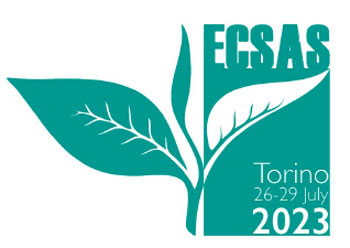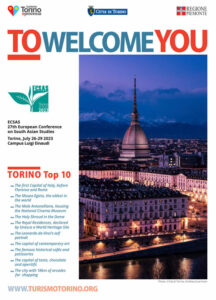Presenter
Banerjee Chitralekha - University of Calcutta, Ancient Indian History and Culture, Kolkata, IndiaPanel
05 – Health, disease and epidemics: multidisciplinary perspectives on the socio-ecology of medicine in pre-modern South AsiaAbstract
This paper explores the importance of practices of cleanliness and personal hygiene in the ancient Buddhist monastic community and to what extent local practices influenced them. Several Pali terms like ārogyavijjā (hygiene), ārogyayijjāyatta (hygienical), āragyasattha (hygienics) show the importance attached to the concept of hygiene in ancient Indian monastic Buddhism. A detailed perusal of the Vinaya texts suggests the existence of a set of healthy habits which were promulgated by the Buddha himself. Practice of these was mandatory as they were essential for promoting and preserving the wellbeing of an individual. However, how far those rules were observed? Iijing, the Chinese monk to India (7th century CE), sheds some light in this direction and presents before us a snippet of the daily life of the monastic community of Nalanda Mahāvihāra. That journal of their daily life records the healthy habits which were earnestly followed by the monastic residents and shows the importance given to the concept of hygiene.
Ijing’s depiction of Indian monastic rules also suggests these rules were having commonalties with the notion of cleanliness and purity as propounded by the medical and normative texts of early India. Thus, the paper aims to interrogate the notion and actual practice of hygiene in Buddhist monasticism and would compare it with the concept of purity and pollution in the Brahmanical texts of early India. Understanding the societal response is also a desideratum.


